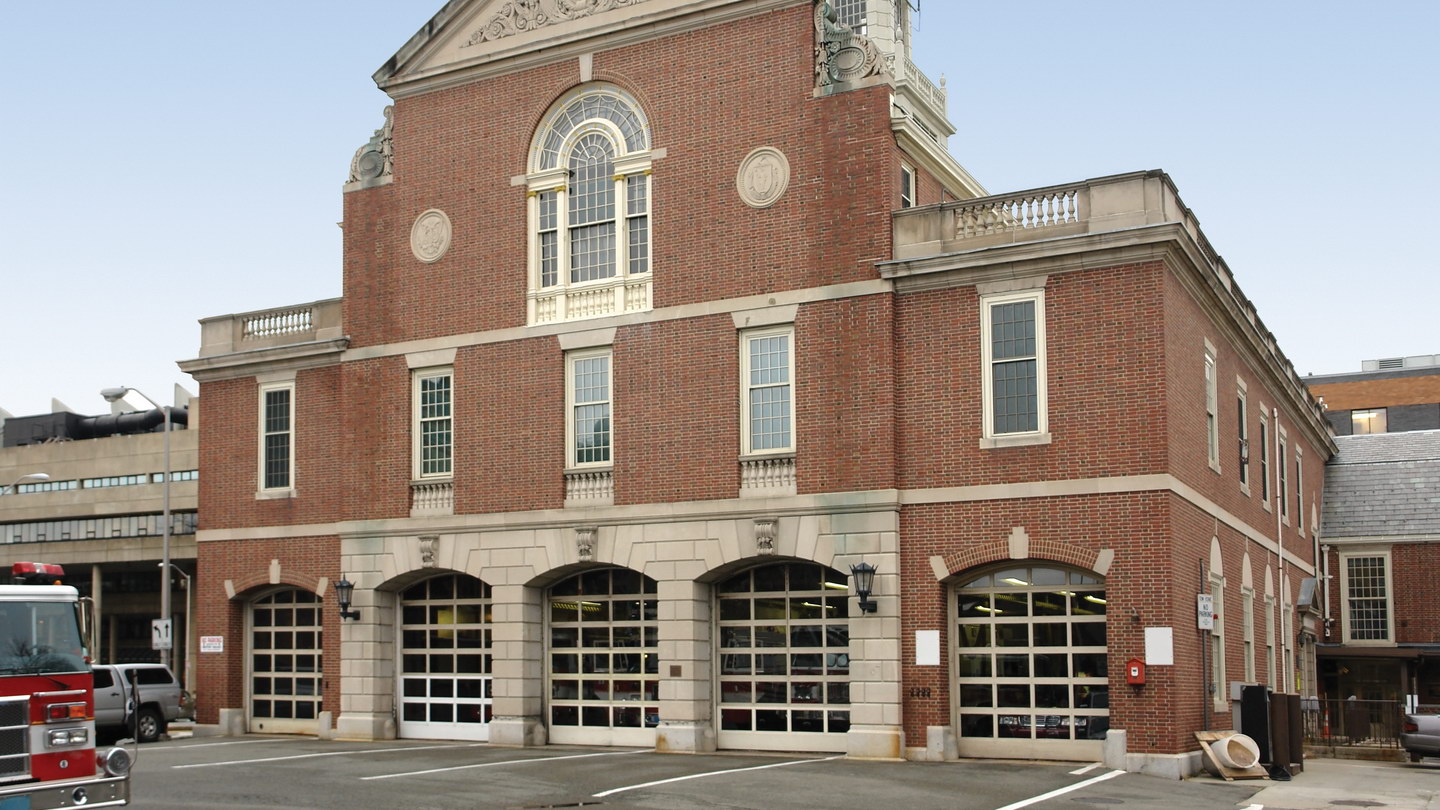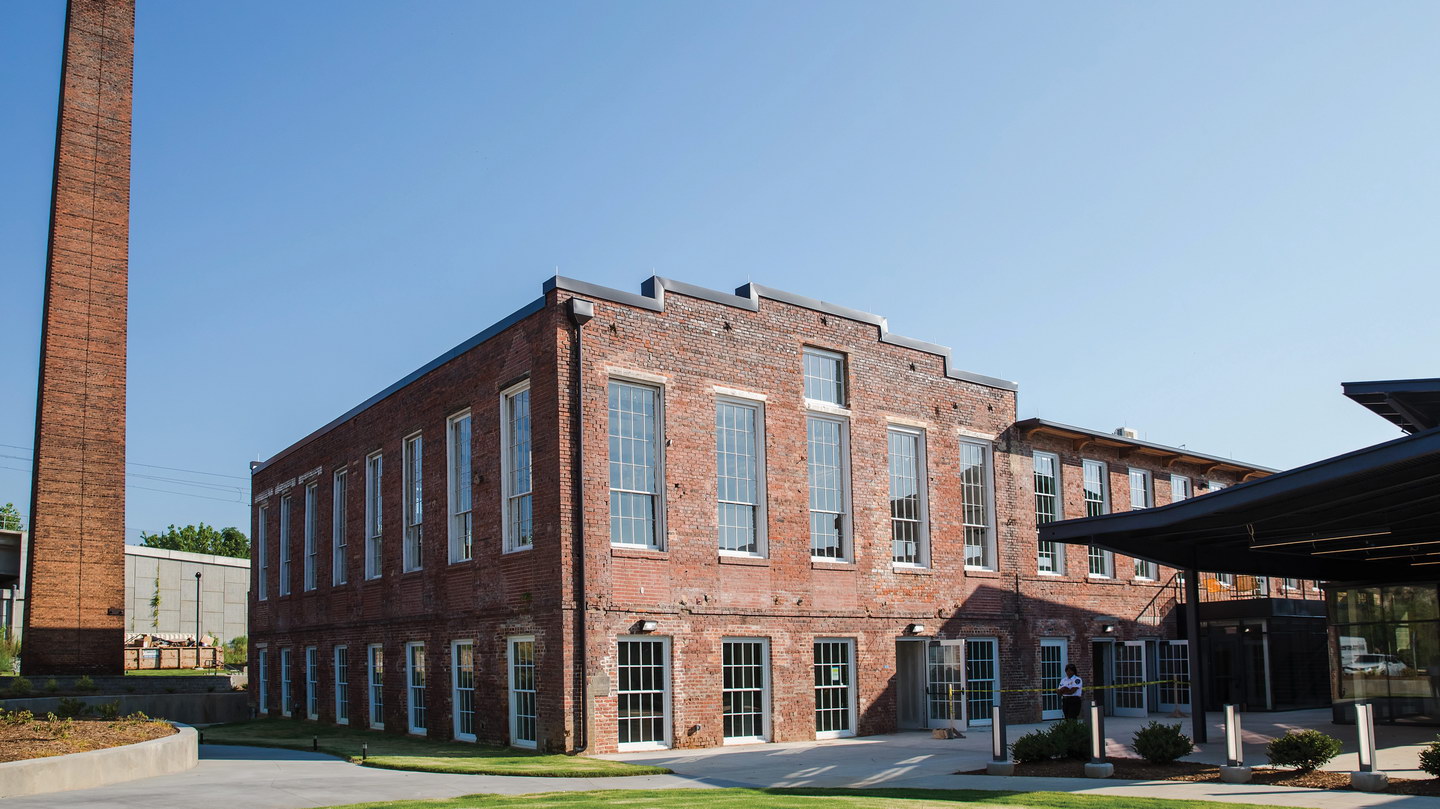Winter 2019/2020 Issue
Preparing a Large Property Portfolio for the Future
By: Chris KellyCambridge, Massachusetts, has launched an ambitious program to update its historic public buildings.
At Optimist Hall, Things are Looking Up
By: Anthony PalettaAn adaptive-reuse project in North Carolina showcases the appealing possibilities of older industrial buildings.
What's on the Horizon for Commercial Real Estate?
By: Shawn Moura, Ph.D.In October, NAIOP gathered national research directors for an in-depth discussion of city rankings, the future of coworking and other vital topics.
Must-Read Articles

Workforce Woes Threaten Project Pricing, Timelines
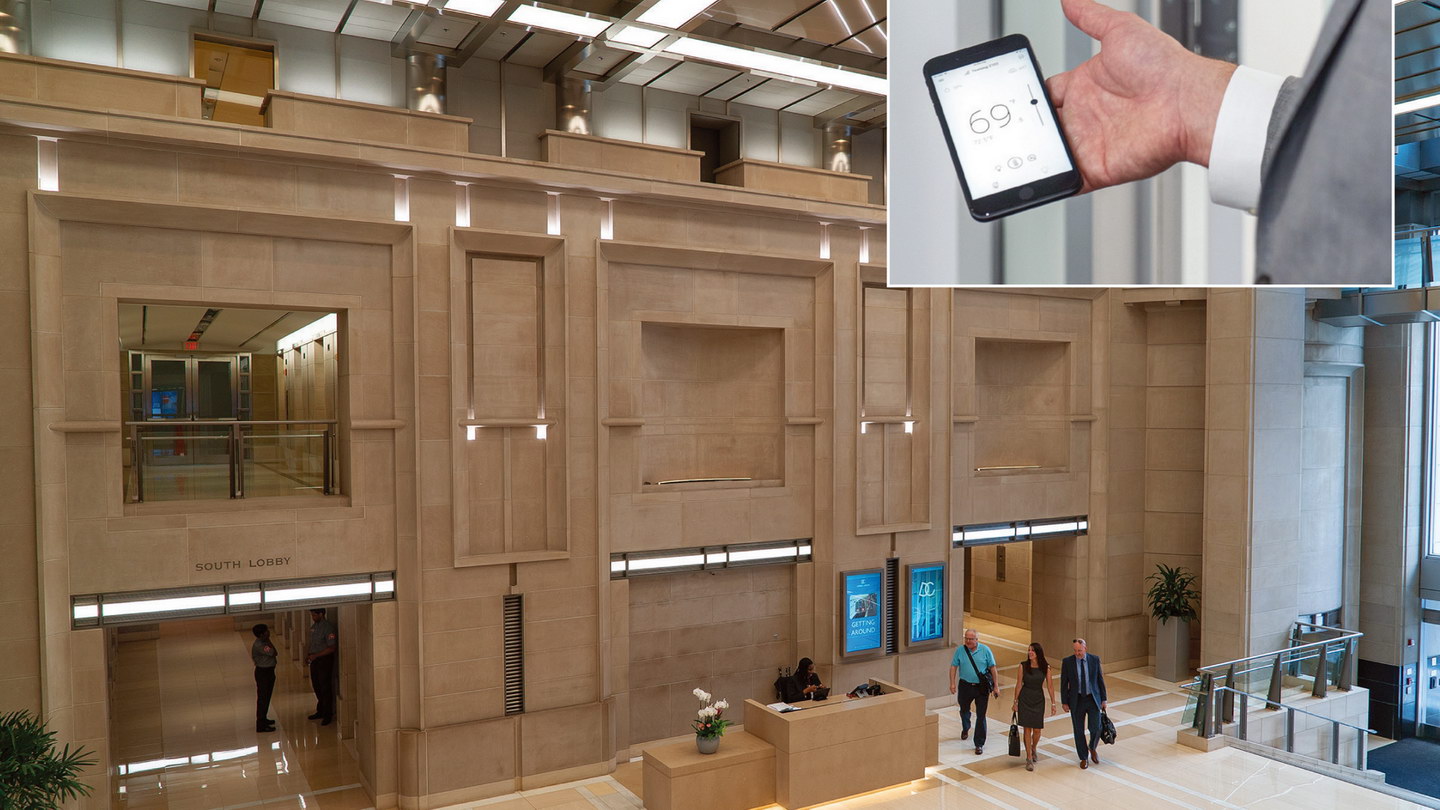
District Center: A Downtown D.C. Office Reborn as a Smart Building

When Wellness Meets Commercial Real Estate
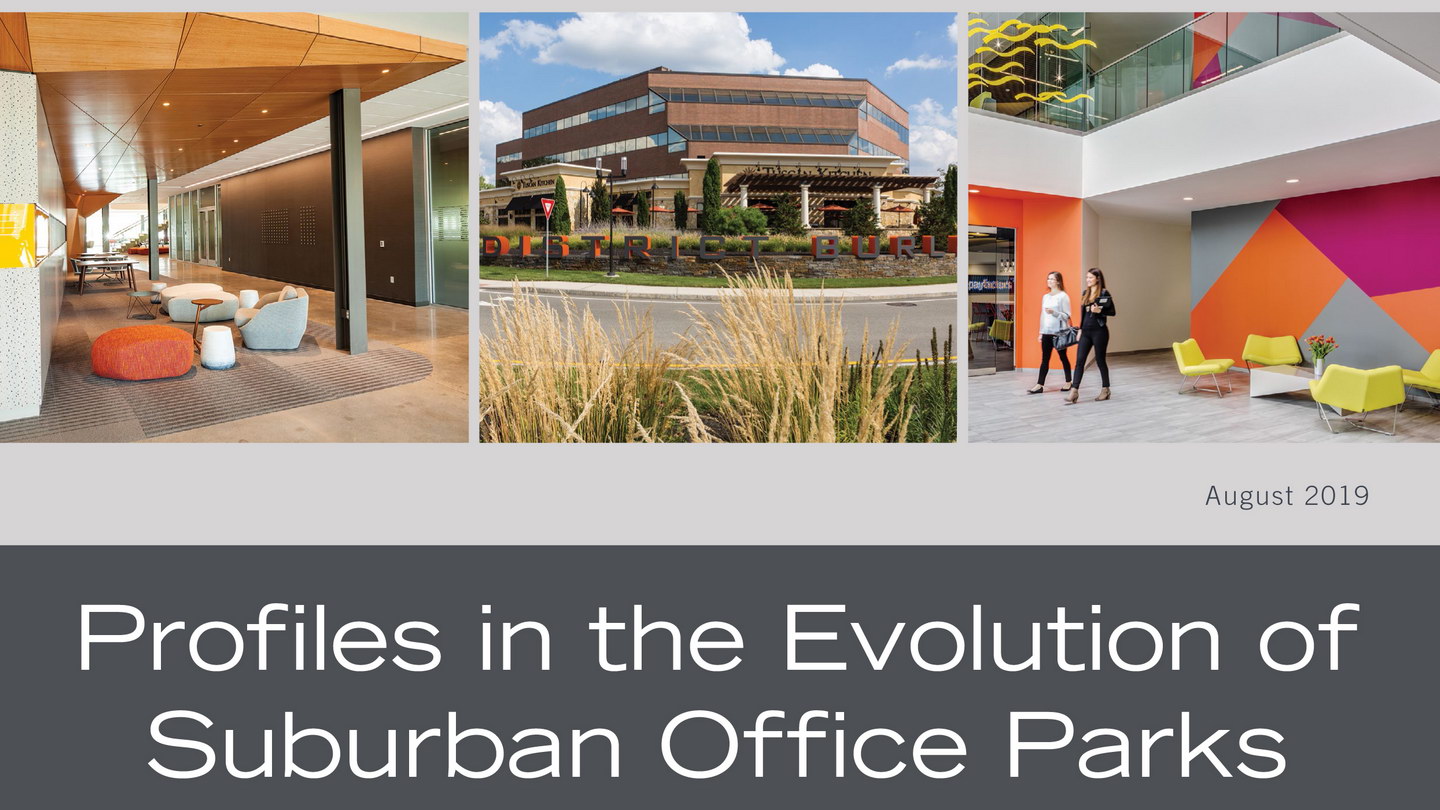
Breathing New Life into Old Office Parks
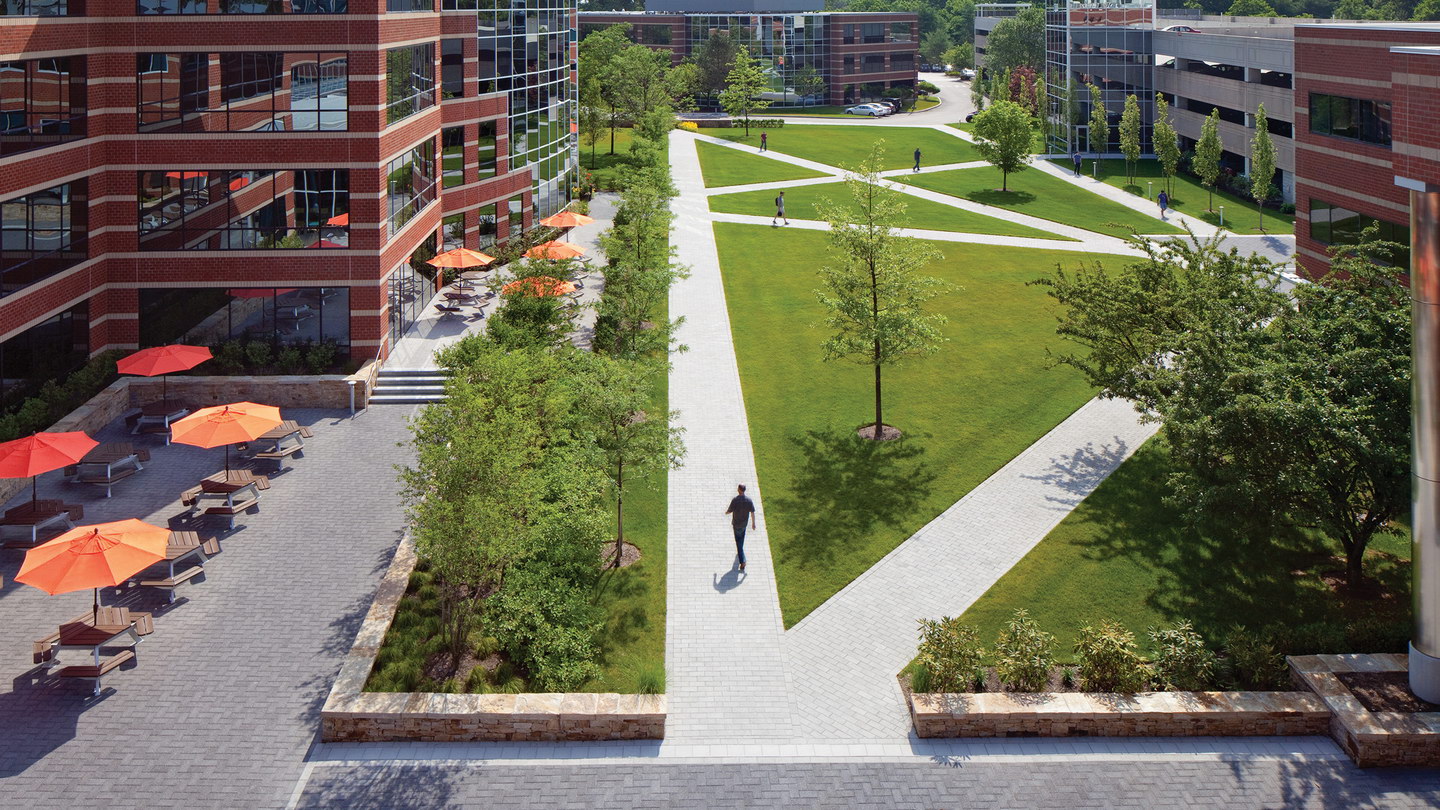
Landscape Architecture Can Help Reboot the Suburban Office Park

A Unique Water Feature for Any Climate, Any City
RELATED RESEARCH AND PUBLICATIONS
Office Space Demand Forecast, Fourth Quarter 2025
From Static to Strategic: AI’s Role in Next-Generation Industrial Real Estate
- Report,
- Technology,
- ...
Industrial Space Demand Forecast, Third Quarter 2025
PERSPECTIVES
NAIOP's 2019 Developing Leaders Award Recipients Discuss Big Wins and Simple Pleasures
CEO on Leadership: Lawrence R. Armstrong, CEO, Ware Malcomb
Chapter Profile: NAIOP Northern Nevada
Thank You for a Great Year as Chairman
From the Editor: Cautious Optimism Going into 2020
ADDITIONAL ARTICLES
Download the Winter 2019/2020 Issue of Development
Download the Winter 2019/2020 Issue of Development
Are 'Seamless' Floors a Smooth Choice for Industrial Properties?
Liquor License Policies Can Boost Real Estate Growth
Designing a Workspace for Software Engineers
Solving the Pop-Up Puzzle: Tips for Owners and Short-Term Tenants
Fully Autonomous Vehicles Are in the Distance, But Now is the Time to Prepare
New & Noteworthy
ARCHIVED ISSUES
View All Archived Issues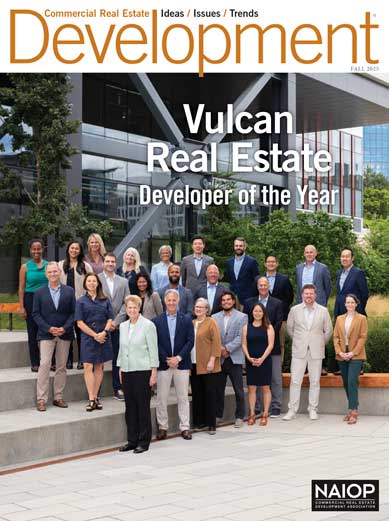 Fall 2025 Issue
Fall 2025 Issue
Development’s fall issue features a profile of Vulcan Real Estate, NAIOP’s 2025 Developer of the Year. Also included: an innovative adaptive reuse project that transformed an iconic former Sears store into modern multifamily residences; a look at how baby boomers are changing the senior living market; and the influence sports and entertainment districts are having on urban real estate.
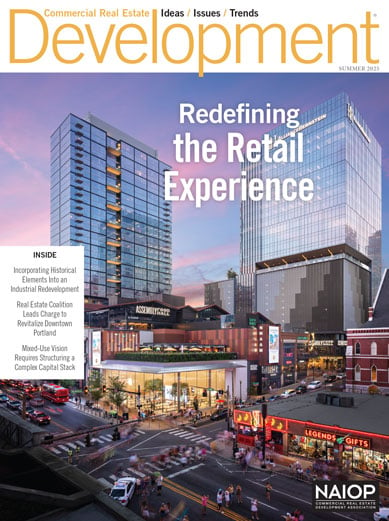 Summer 2025 Issue
Summer 2025 Issue
Development’s summer 2025 issue explores experiential retail and the brick-and-mortar resurgence. Also featured: a modern warehouse campus in Toronto that honors its manufacturing heritage; a coalition of Oregon real estate organizations working to revitalize downtown Portland; and the creative capital stack strategy behind a mixed-use project in West Baltimore.
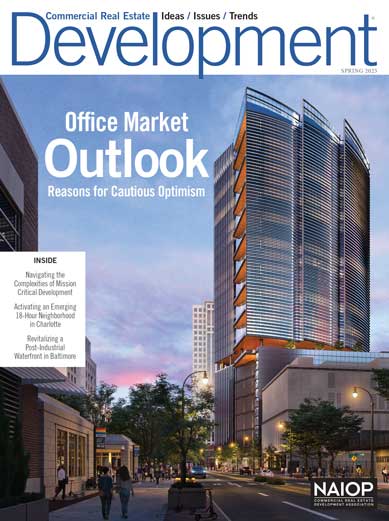 Spring 2025 Issue
Spring 2025 Issue
The spring 2025 issue offers insights about where the office market might be heading over the coming year, explores the complexities of mission critical development, and provides detailed looks at two transformative mixed-use projects: The Bowl at Ballantyne in Charlotte and Baltimore Peninsula in Maryland.


